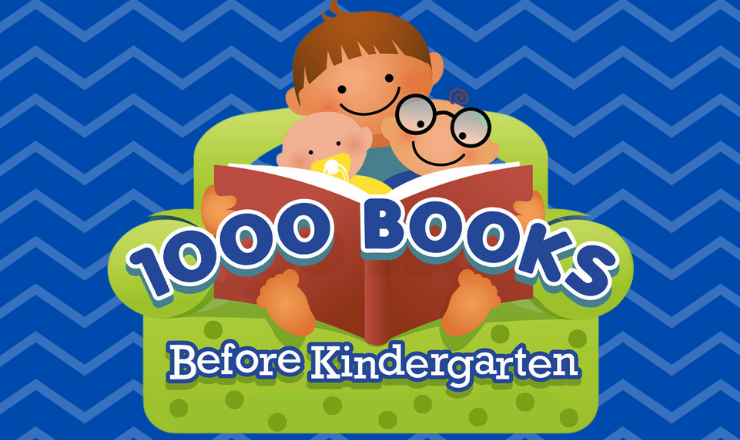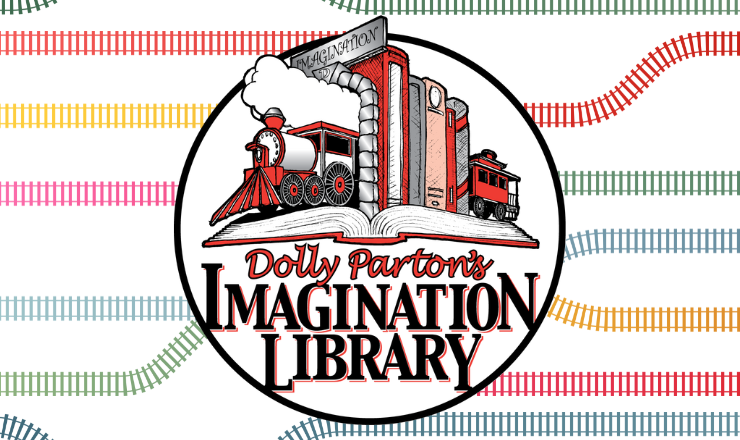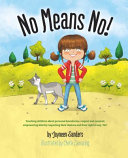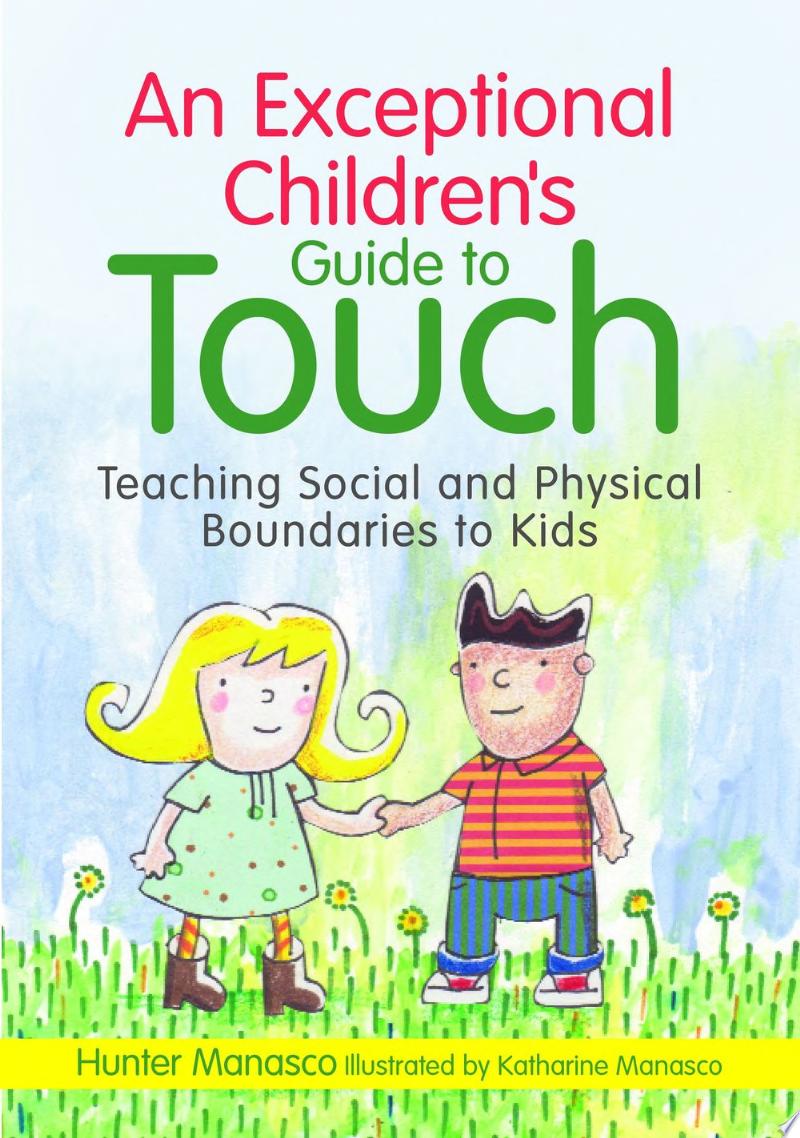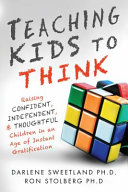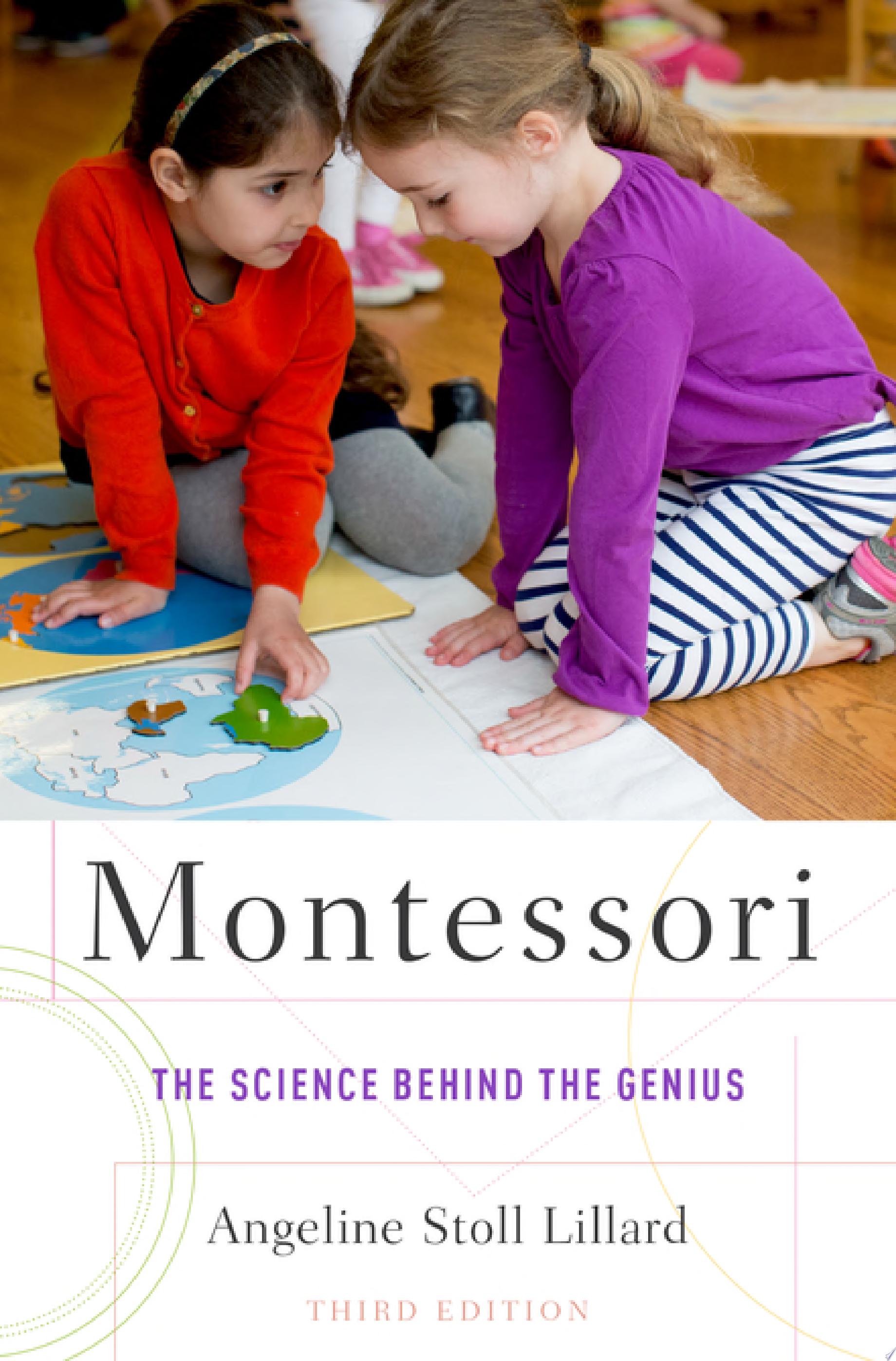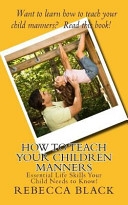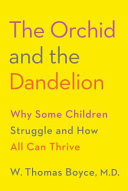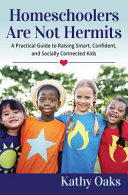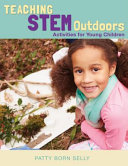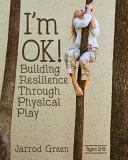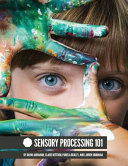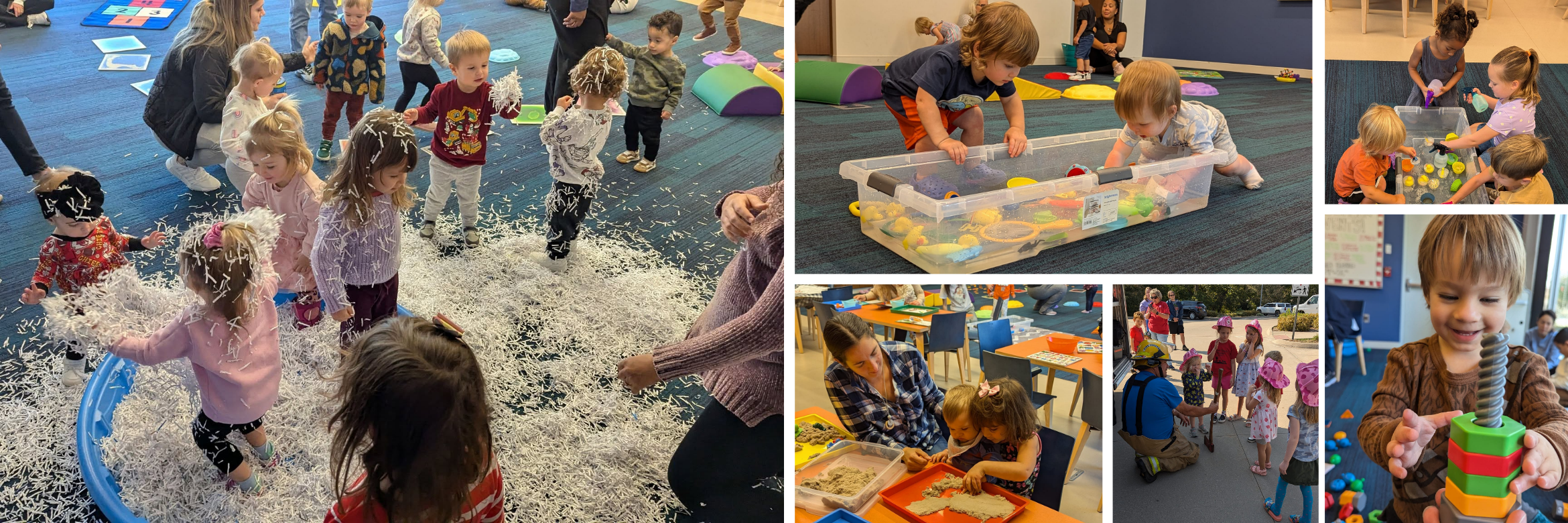
Discover and Play: Sensory Time — Join us on Tuesday mornings at 10:30am for our discovery play time! We will have lots of fun activities, toys, and sensory materials for you and your children to play with and explore together! Activities will help children develop fine and gross motor skills, explore social skills, and more! Geared for children ages 0-5ish.
Cookie Bookie — Join us for a night of stories and laughter. We have stories, play-doh, and cookies! Geared towards children ages birth to 5. Every second Tuesday of the month during the school year at 6:00pm.
Preschool Storytime — Join us for Preschool Storytime (ages 3-5)! We will read stories, sing songs, and do a craft or activity that encourages motor skills development. Storytime is held in the Multipurpose Room on Wednesdays at 10:30am.
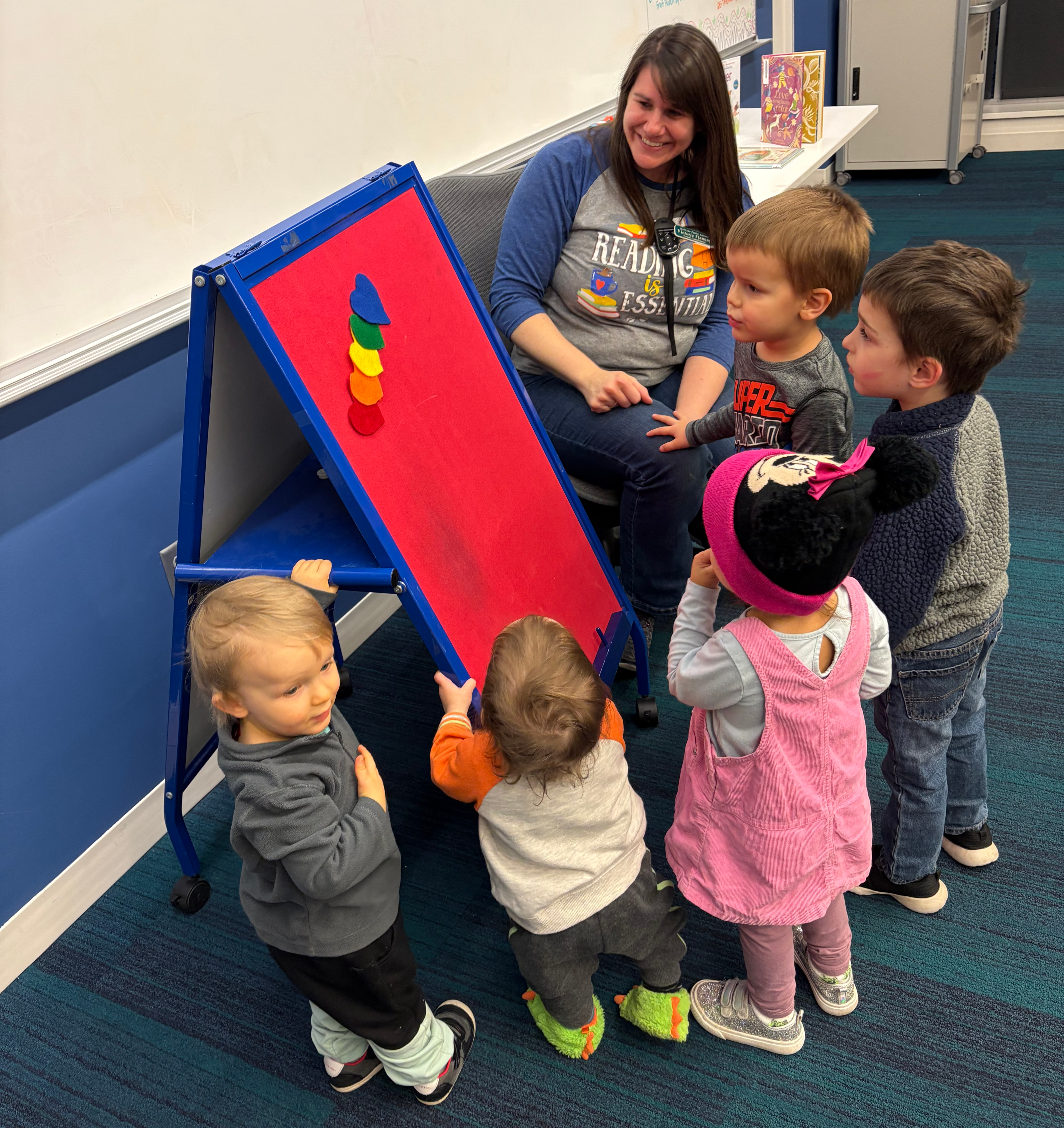
Cookie Bookie Storytime
Wee Reads Storytime — Join us for a story time designed especially for children ages birth – 3 and their caregivers. This story time is filled with songs, rhymes, lap bounces, scarves, and bubbles! Storytime is held in the Multipurpose Room on Fridays at 10:30am and 11:30am.
Chat & Play Café — We bring the toys and the fresh coffee from Jane’s Landing, and you bring the kids! Join us for a free playtime for the kids and a time to chat for you. Fridays from 11:00-11:30am in the Multipurpose Room.
Family Storytime — Join us on the fourth Saturday of the month at 10:30am for a family storytime with a different theme each month. Geared for kids ages 0-7.
